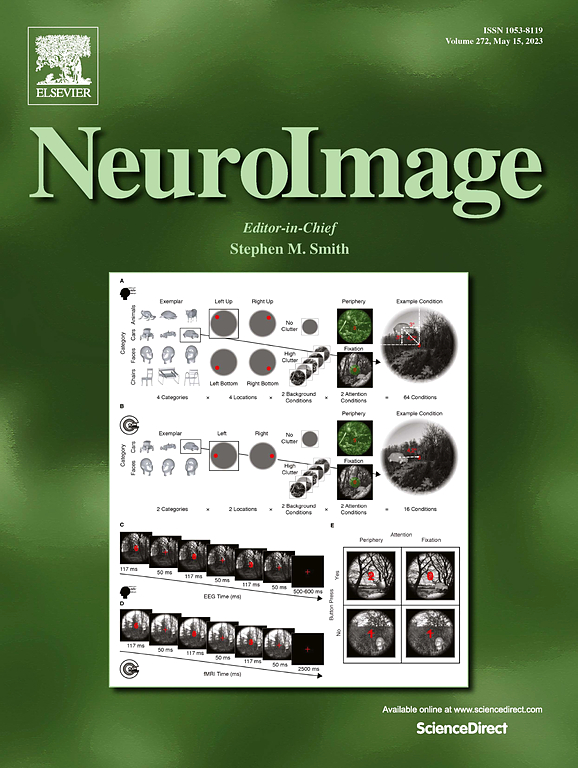Dianoia recently published their 10th issue and on April 26th, held a release symposium. This event was a wonderful opportunity to hear directly from the contributing authors who came from all over the country to present on their articles. Topics included the value of greatness, the many possible interpretations of Heraclitus, and a teleological examination of Kant’s prejudices. The issue also includes an interview with Professor Gregory Field, here at Boston College.

The event was held in Stokes Auditorium and the contributing authors had a chance to present on their publications and take questions from the audience. Refreshments were also served, and there was a small reception after the event to ask more specific questions and chat with the editors and authors of the 10th issue. Dianoia has built up a global readership since its initial publication in 2012 and provides a pathway for undergraduate philosophy students to contribute to the scholarly record.
Events like these are tremendous ways to build the community around your publication. Events can help generate interest in scholars who may be future editorial boards members, reviewers, or contributing authors. For more information around everything from reserving rooms on campus to working through the editorial workflow on Open Journal Systems, the Scholarly Communications team is always here to assist with setting up and promoting a journal published through the Boston College libraries. For more information around our publishing program, reach out to ejournals@bc.edu. To find out more about Dianoia, please see their website.
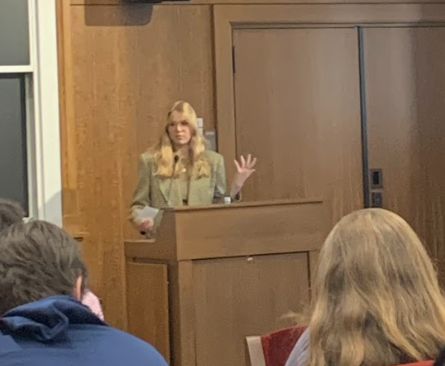
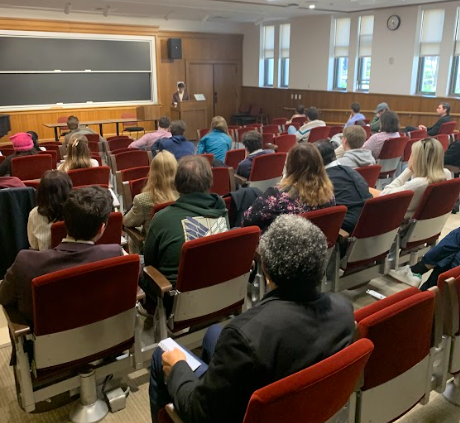
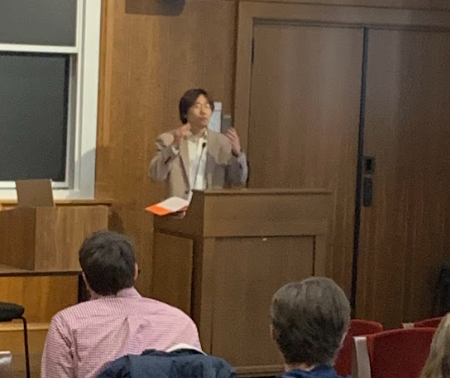
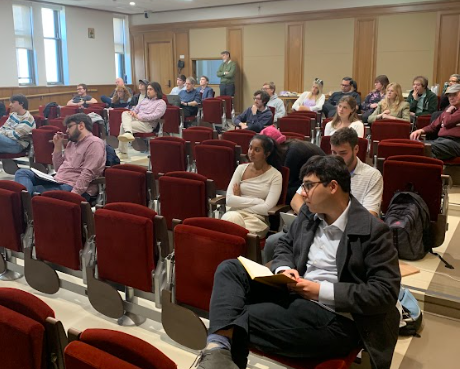
Congratulations to Dianoia on the publication of issue #10!
